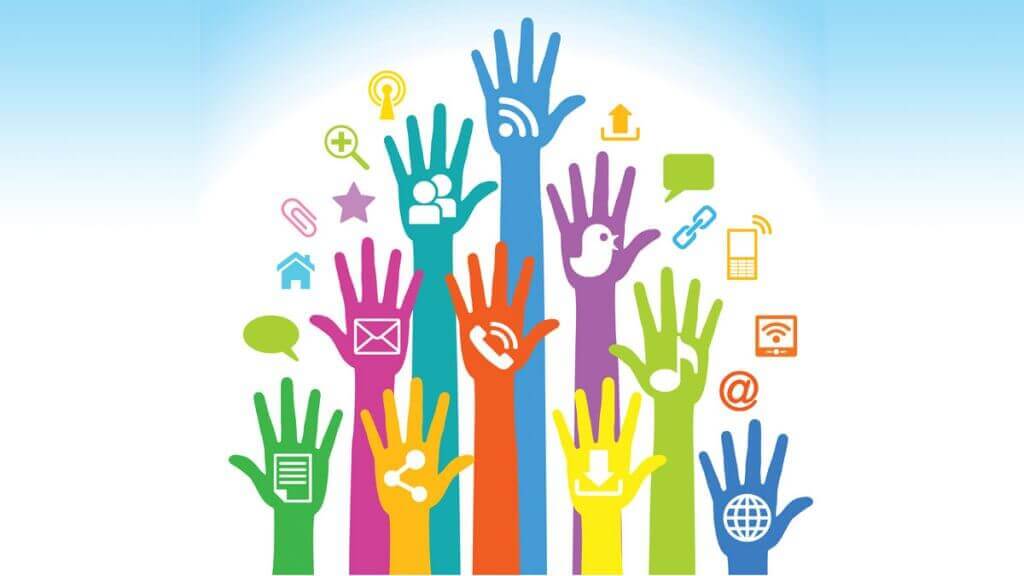
Today’s consumer has the luxury of an abundance of choice, but it wasn’t that long ago when options were limited. Even in recent memory, there was a time when there were only three television networks, one phone company and one type of coffee (it was called “coffee”).
To today’s younger consumers, this may sound like some bleak, dystopian past. There is no longer any cultural or economic cue telling people to accept a one-size-fits-all format. And the more choices consumers have, the harder it is to be loyal to one brand. So why are businesses still offering only one content strategy to reach their diverse audience of consumers?
Consumer habits are always evolving, but the advent of social media has transformed the marketing landscape in its relatively short existence faster and more drastically than any time before. Personalized experiences are practically gospel now, and content marketing should be no different.
The good news is that when you deliver customized advertising content, consumers are willing to respond. According to research conducted by Forrester Research, 51 percent of retailers surveyed said that investment in personalization led to an increase in site conversion.
It’s not that marketers didn’t see the value in personalization in the past, but before social media, the channels available to marketers were simply too inflexible to develop a truly personalized campaign.
If you advertised in a newspaper, for example, you may have been able to choose between a city and suburban edition, but that was the extent of it. Now, marketers have a direct line to practically every one of their consumers across multiple different platforms.
Real personalization is about evoking a positive, emotional reaction, which helps build brand loyalty. Every customer interaction is an opportunity to build and strengthen this relationship.




